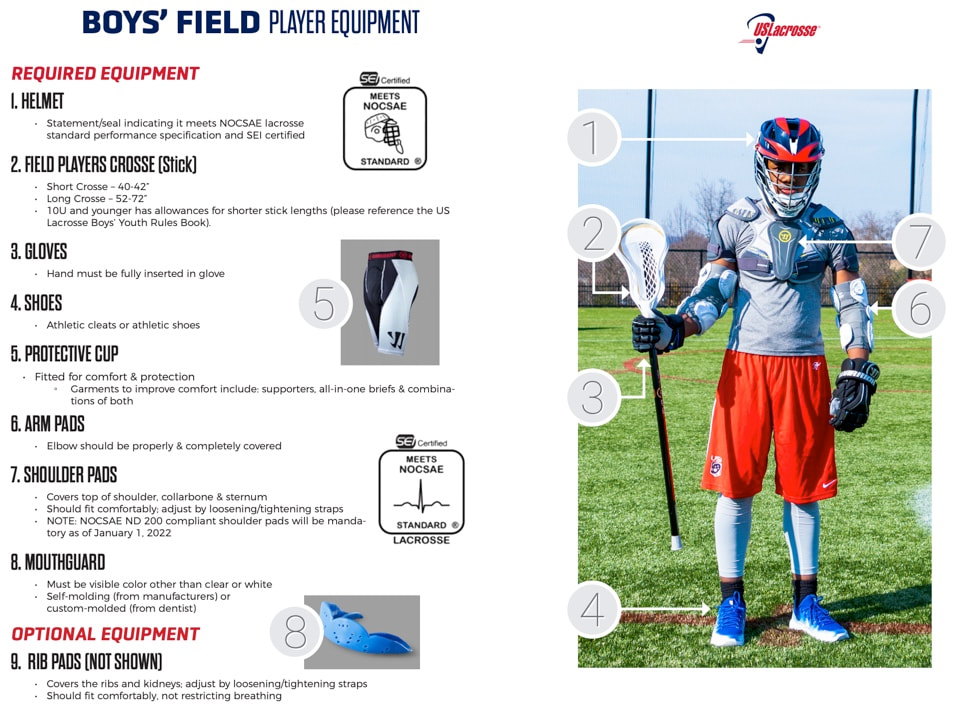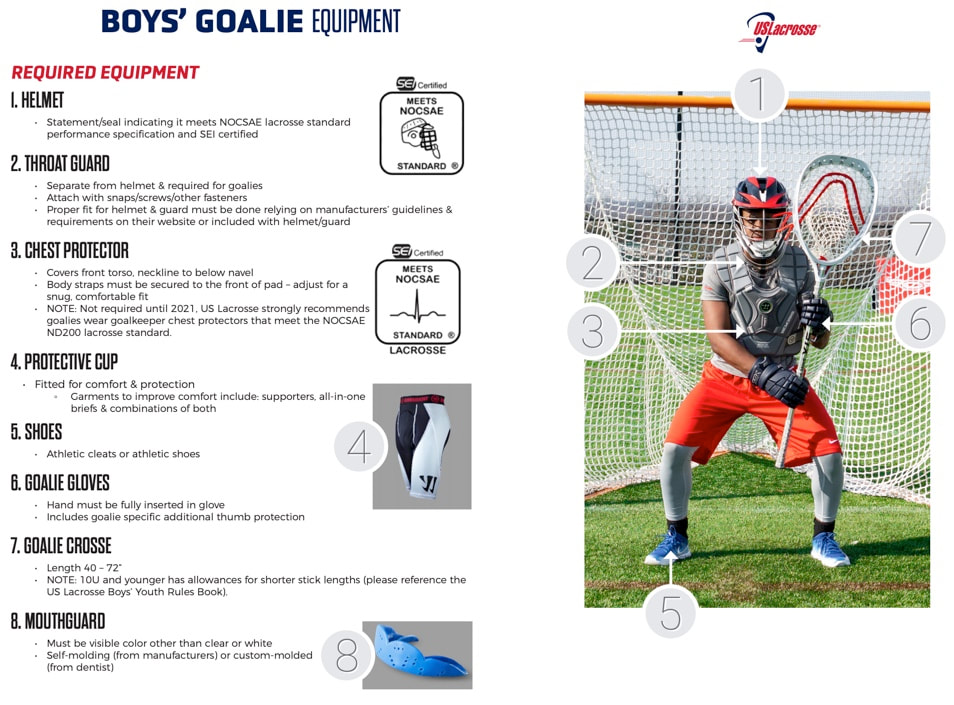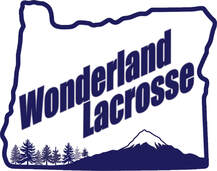Equipment | What to Buy
You can buy used, new or even borrow equipment to get started but the most important thing is to do your homework and find out what to get. The listed gear is a small batch of what is out there, and you don't have to buy the most expensive it just has to give a player a good playing experience.
Look at the gear on this page to get an idea of what you need; most if not all of the equipment listed I have used or tested. The protective equipment is a personal fit and comfort preference, the shafts come down to strength. The most important purchase would be your lacrosse head, there are low end heads that can really impact a players experience so to you time and find a quality, durable head for your playing style.
Look at the gear on this page to get an idea of what you need; most if not all of the equipment listed I have used or tested. The protective equipment is a personal fit and comfort preference, the shafts come down to strength. The most important purchase would be your lacrosse head, there are low end heads that can really impact a players experience so to you time and find a quality, durable head for your playing style.
Protective Gear
Protective gear is required to play lacrosse, it is designed to protect players from impacts from other players, stick checks and the lacrosse ball. Protective gear should cover as much of the players body that they feel they need however, it also should fit well and be comfortable. Your player needs equipment that fits properly and feels like it is a part of them so they can focus on their performance and not how they feel.
Only shoulder pads and helmets require a certification, because they cover the most vulnerable organs however gloves and arm pads require no certification. USA Lacrosse, and the National Federation of State High School Associations (NFHS) require compliance with current National Operating Committee for Sports and Athletic Equipment (NOCSAE) standards.
Only shoulder pads and helmets require a certification, because they cover the most vulnerable organs however gloves and arm pads require no certification. USA Lacrosse, and the National Federation of State High School Associations (NFHS) require compliance with current National Operating Committee for Sports and Athletic Equipment (NOCSAE) standards.


